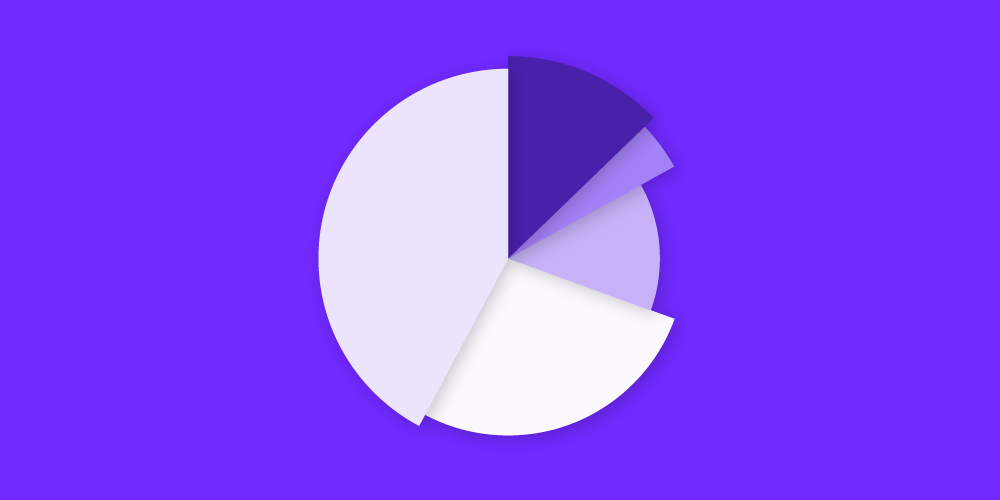How to Maximize Your Retirement Savings with a Self-Directed Solo 401(k)
If you’re self-employed, you understand both the freedom and responsibility that come with running your own business. You may also be eligible to...
Investing in a well-diversified portfolio is a basic tenant of growing your wealth, especially when it comes to retirement accounts. While traditional assets like stocks and bonds have their place, incorporating alternative assets can provide benefits that can enhance the overall stability and potential of your portfolio. Here’s why diversifying with alternative assets can be a game-changer for your retirement planning:
Traditional investments often move in tandem with the market, making them susceptible to the same economic forces. Alternative assets, on the other hand, can offer exposure to different types of risk that are not correlated with the stock market. This includes assets like real estate, private equity, and commodities. By spreading your investments across a wider range of asset classes, you can mitigate the impact of market volatility on your overall portfolio.
Market swings are par for the course for investors, but they can be particularly concerning as you approach retirement. Alternative assets often have lower volatility compared to public markets. For instance, real estate can provide steady income through rental payments and potential appreciation over time. Private equity investments in businesses can offer substantial returns without the daily price fluctuations seen in the stock market. This stability can help protect your retirement savings from the whims of market sentiment.
Retirement accounts like IRAs and 401(k)s are designed for long-term investment horizons, making them ideal for holding alternative assets. Many alternative investments, such as infrastructure projects or private placements, are long-term in nature and can take several years to realize their full potential. By including these in your retirement portfolio, you align the investment duration with your retirement goals, potentially reaping higher rewards over time.
Alternative assets often have the potential to generate higher returns compared to traditional investments. For example, investing in a private startup could lead to significant gains if the company succeeds. Additionally, certain alternative investments can provide regular income streams, such as dividends from private equity or interest from private loans. These income streams can supplement your retirement income, providing a more robust financial foundation.
Locating alternative investment opportunities requires research and due diligence. Start by exploring:
When selecting alternative assets, consider:
Diversifying your retirement portfolio with alternative assets can offer numerous benefits, from mitigating risk to providing stable income and growth potential. At Rocket Dollar, we are committed to helping you unlock the full potential of your retirement savings and to invest in the things you know and care about.

If you’re self-employed, you understand both the freedom and responsibility that come with running your own business. You may also be eligible to...

In today’s investing landscape, many individuals are asking the question: What are the benefits of investing in alternative assets? As traditional...

Alternative asset investment is no longer reserved for hedge funds and institutional players. Thanks to platforms like Rocket Dollar, everyday...

As we explore the world of investment opportunities, the Self-Directed IRA (SDIRAs) is a fantastic vehicle to step beyond the traditional IRA...

When it comes to building a strong retirement portfolio, diversification may be key. But for many investors, traditional IRAs limit investment...

Investing in alternative assets can be a great way to diversify your portfolio and potentially achieve higher returns. One way to invest in these...